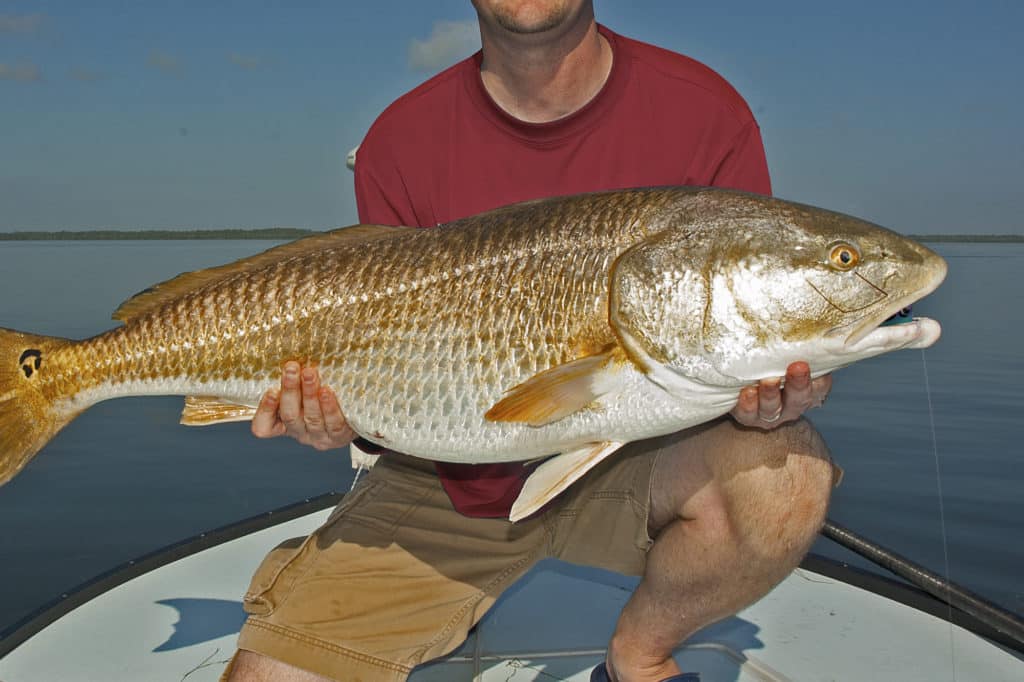
Whenever redfish are mentioned, most fly anglers imagine the distinctive black-dotted caudal fin of a tailer peeking out of skinny water, or the bulging wake of a cruiser tracking down its next meal. As exciting as such scenarios appear, they become even more exhilarating when topwater patterns, poppers and sliders, are substituted for the subsurface flies commonly used to target the fish. The anticipation increases exponentially as you watch a redfish rush a fly on the surface, and the explosive strike that ensues makes a heck of a thrilling payoff.
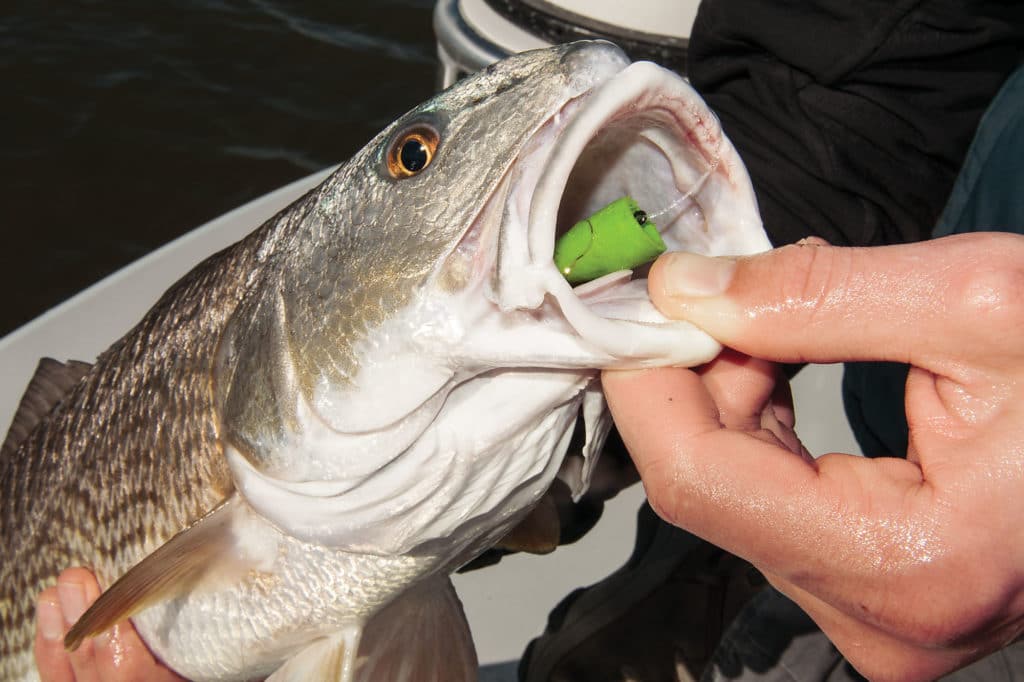
The anatomy of a fish often reveals its typical feeding habits. The inferior position of a redfish’s mouth tells us it’s a species that predominantly feeds on the bottom. While it’s true that reds primarily eat crabs, shrimp, worms and other bottom-dwelling creatures, they remain opportunistic feeders that rarely pass up an easy morsel. Although reputed as skittish and sometimes finicky, redfish in most areas exhibit an aggressive disposition that makes them ideal targets for sight-casting with surface flies. Success, however, is largely dependent on the angler’s ability to counter a fish’s reaction with the proper actions.
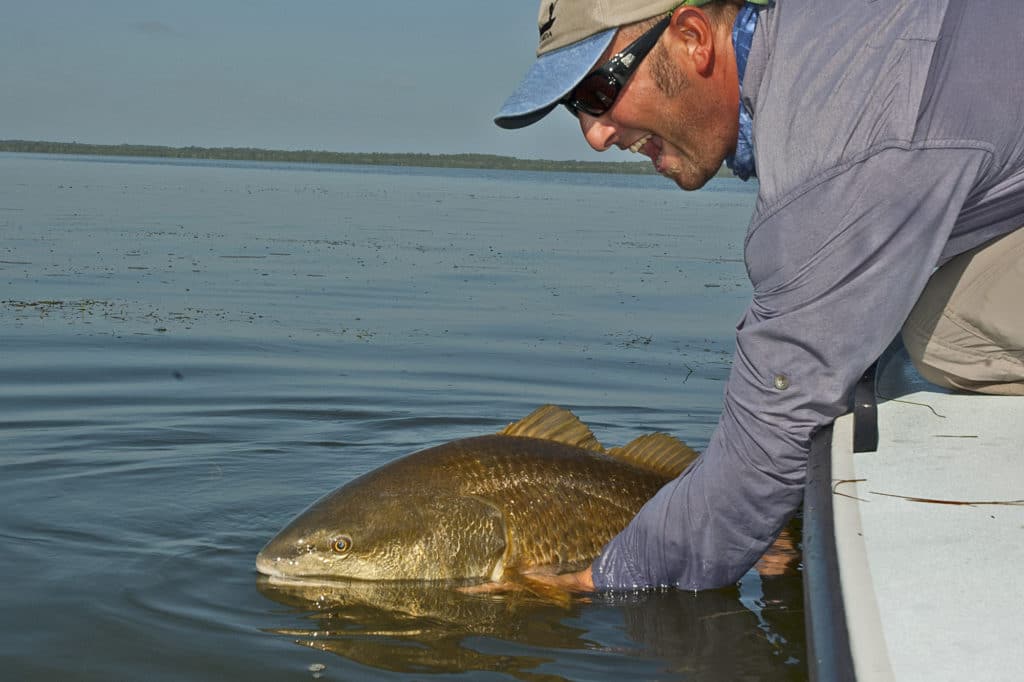
With tailing reds, a cast that leads the fish a safe distance combined with timely stripping that pulls the fly across its path at just the right moment is the high-percentage tactic. On the outskirts of a flat where the water isn’t quite as shallow and fish wait in ambush or slowly cruise an edge for potential prey, a deer-hair slider cast a few feet ahead and stripped increasingly faster away from the fish as it approaches is an effective course of action. In deeper water where packs of large redfish sometimes float lazily, a slider is also the way to go, at least initially. If the fish appear wary, a hookup or two often triggers competition among members of the pack and the fish get fired up. Then it’s time to tie on a foam popper.
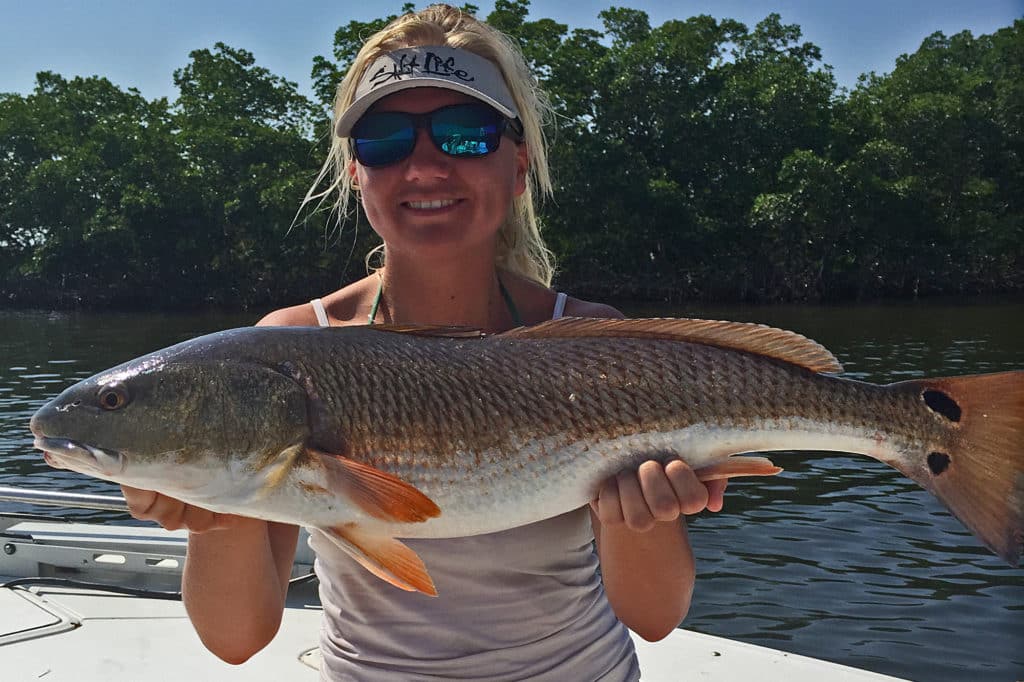
Years ago, while fishing the Louisiana marsh with Capt. Scott MacCalla, big redfish began to surface like orange submarines in 4 to 6 feet of water. MacCalla recognized their body language and had us re-rig with yellow-and-orange foam poppers. “I don’t throw poppers at redfish unless they’re super happy. I like to lead the fish just as I would a tailer, but I slap the fly on top of the water to get their attention,” MacCalla explains. “Then I wait to see how the fish reacts.” “When redfish see something on the surface they like, they usually stop at nothing to get it. But the retrieve has to be just right or they turn off,” says the guide. “Sometimes, that first slap is all it takes. But if it doesn’t, instead of popping the bug aggressively to create splash and loud noise, I opt for a slow, medium-length strip to create a small wake. When the fish reacts favorably, I stop the retrieve. At that point, the key is to move the popper only if the fish doesn’t show interest.”
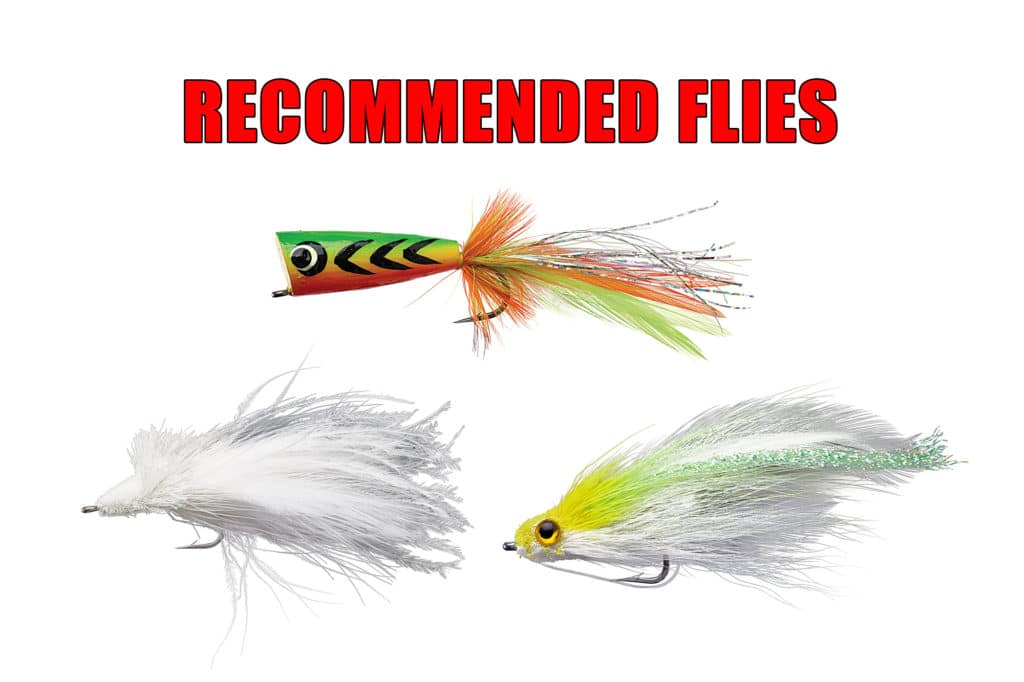
Since the mouths of redfish aren’t exactly suited to eat on top, when they do it’s because they are in an aggressive state and specific patterns and colors won’t matter much. However, you still want something brightly colored that the fish have no trouble seeing, like yellow, chartreuse or orange. Following are the specifics about some of the best topwater fly patterns for reds.
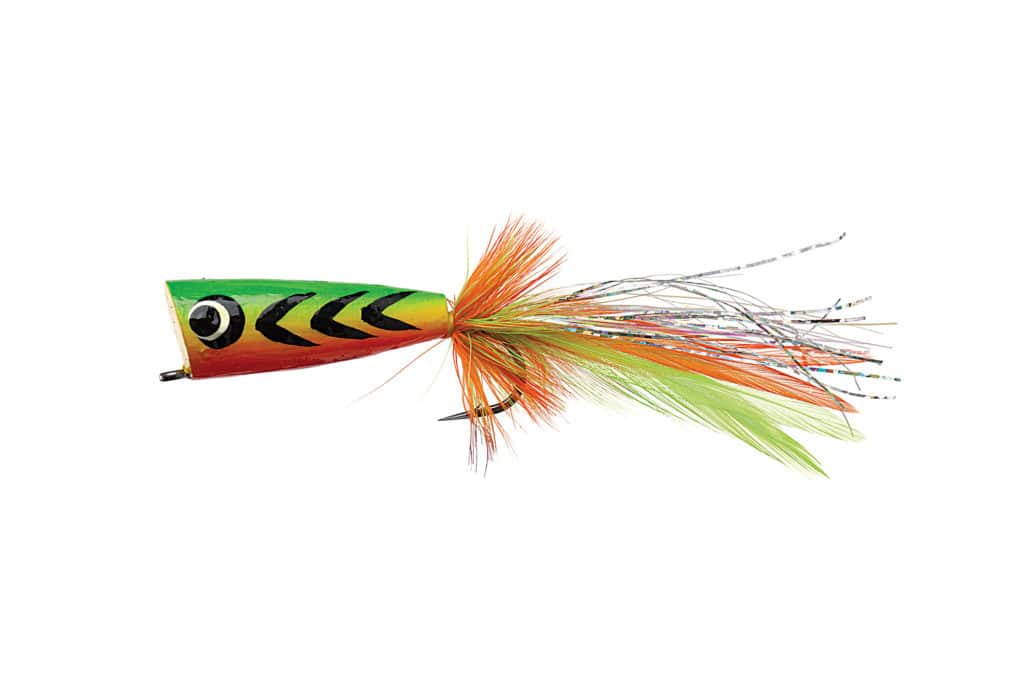
Standard foam poppers are a good bet. They produce loud popping sounds and lots of splash, ideal for aggressive fish and dirty or muddy water, when a popper’s fish-calling ability really shines
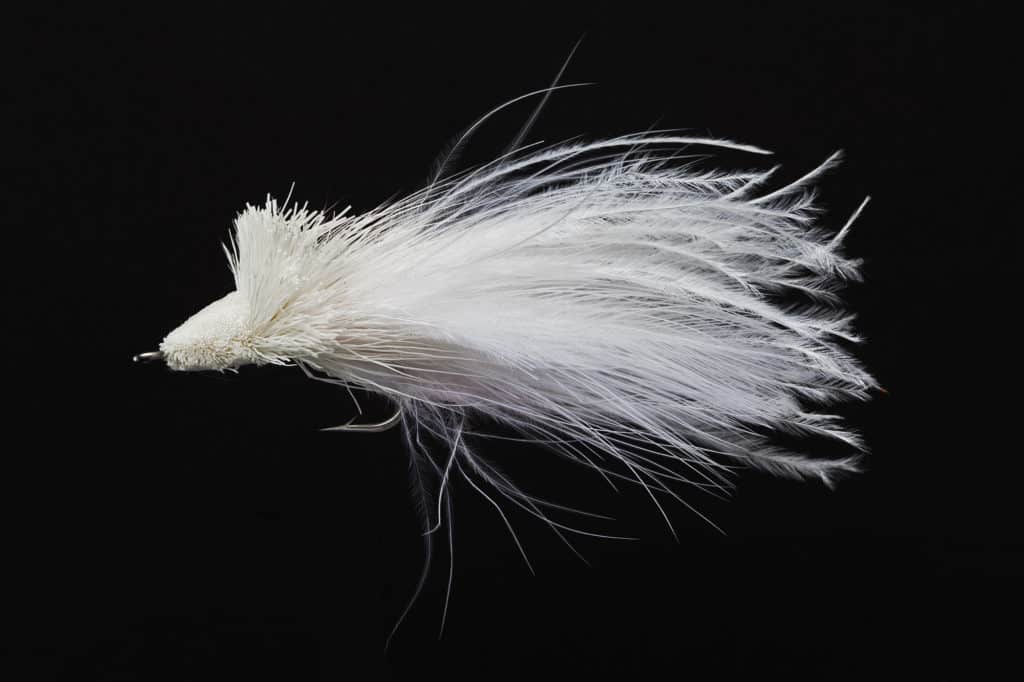
The Dahlberg Diver produces more subtle pops and splash than a foam popper, so it’s a better choice when the redfish are not yet fired up. Plus the spun deer hair collar on top makes this fly dive a few inches every time you strip, before the buoyancy of the deer hair makes it float to the the surface again.
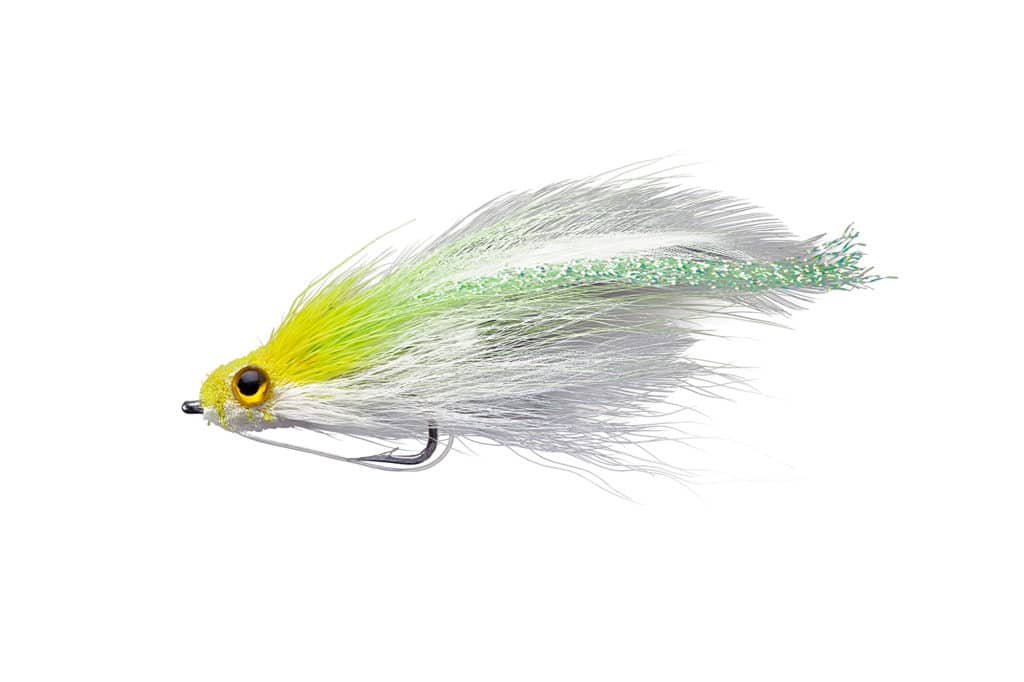
Some anglers, like MacCalla, prefer the subtlety of deer-hair sliders. “A deer-hair head does a better job of creating the small wake I’m looking for,” says the guide. “And in my opinion, when it comes to surface flies for reds, you don’t need anything fancy. A tightly packed deer-hair head and splayed hackles or just a small bundle of bucktail for a tail is about all you need.”
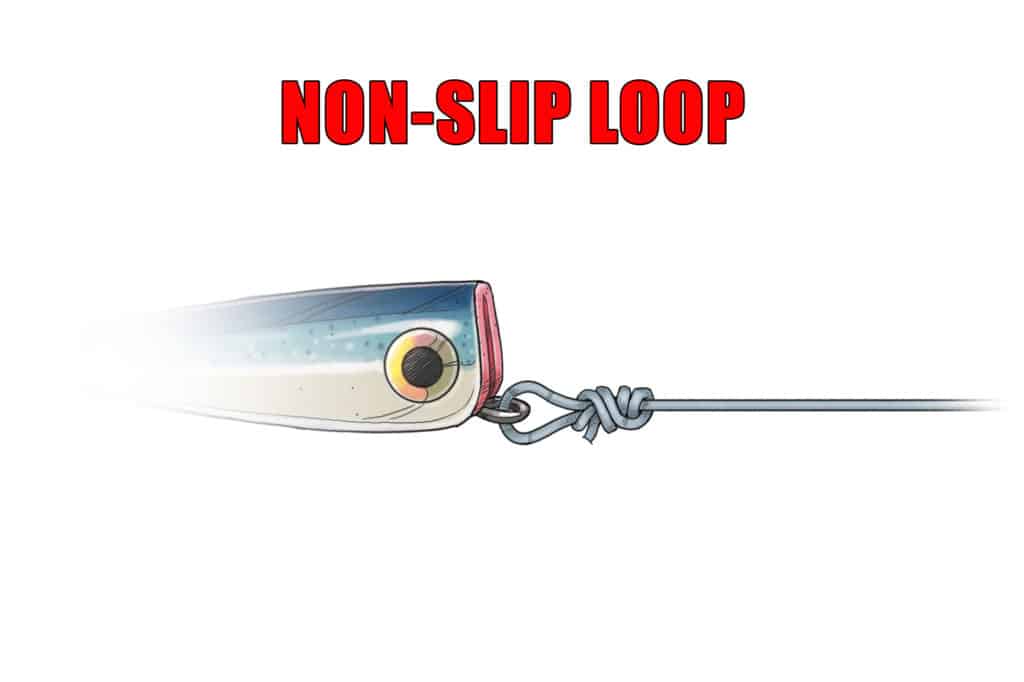
Sliders and poppers work best when attached to the leader with a loop knot. The freedom that loop affords lets topwater flies move more naturally during and between strips. The Non-Slip Loop knot is one of the most effective and easiest to tie.









